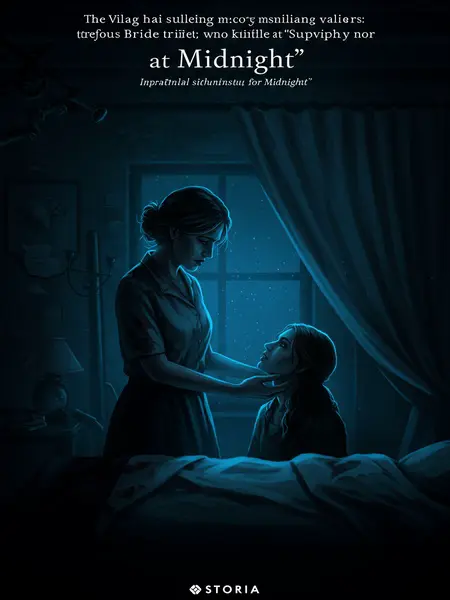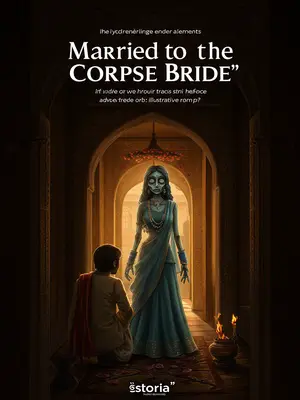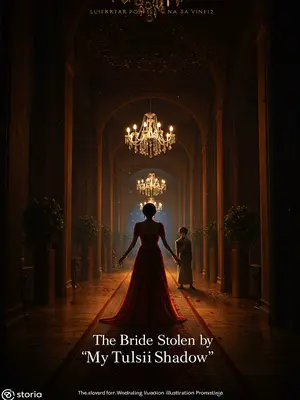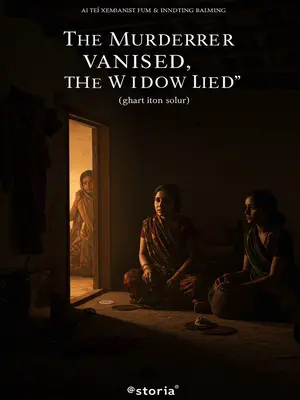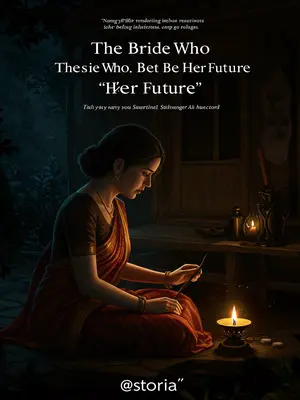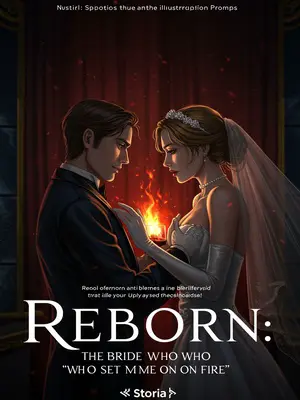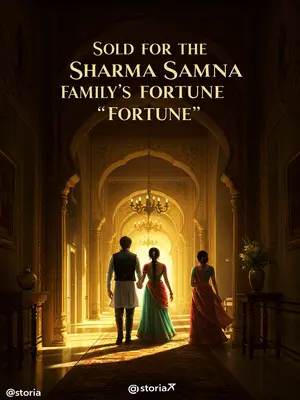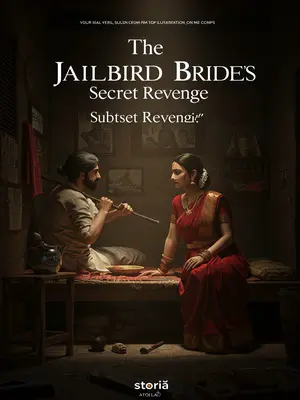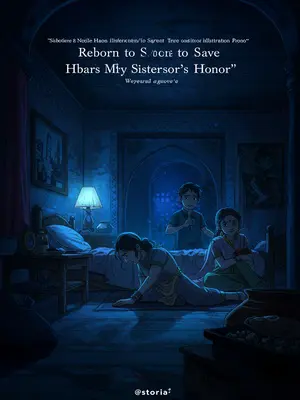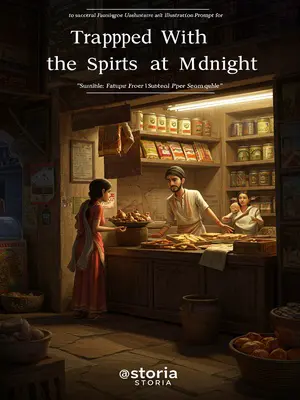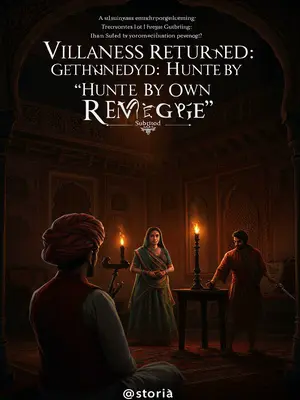Chapter 1: The Night No One Slept
In the summer of ’99, something happened in Gopalpur that even the oldest village aunties refused to speak of after dark.
The village slept early, lanterns casting shaky patterns on mud walls while the far-off temple bell echoed once, twice. Somewhere, a dog barked at shadows. And in the hush that blanketed the hillside, something so unspeakable occurred that even the oldest folks—who’d seen Partition, the great drought, and more than one village feud—would whisper about it for years over chai at the paan shop.
In a quiet village nestled on the hillside, an entire family was wiped out.
The place was Gopalpur, barely a dot on the map, but famous in the tehsil for its stone temple and jackfruit trees. Here, the worst scandal usually involved a stolen buffalo or a runaway daughter—not a family snuffed out as if the darkness itself had swallowed them whole.
The parents, both in their fifties, and their nearly thirty-year-old son, all died tragically at home.
In the stillness of their small mud-brick home, with turmeric stains on the kitchen floor and the smell of last night’s tadka clinging to the air, the lives of Suresh, his wife Kamla, and their elder son Arvind ended in a way that would haunt Gopalpur for generations. Neighbours would later recall how the usual evening laughter from their courtyard vanished, replaced by a silence so heavy even the monsoon wind seemed to pause outside their door.
After our investigation, we identified the main suspect as the family’s prospective daughter-in-law.
It was hard to imagine. Villagers said the family was preparing for the younger son’s wedding—everyone had seen Kamla distributing laddoos just last week, eyes twinkling with pride. Who could believe the girl they hoped would become their bahu could be involved?
Par abhi kuch bhi kehna jaldi hoga, saab.
Rumours travelled faster than the ST bus to the nearest town, but facts slipped through your fingers. For us policewallahs, nothing is ever as simple as village talk makes it sound.
On the contrary, this was just the beginning.
And let me tell you, in these parts, when something is just beginning, it means you won’t sleep for nights together. In fact, half the constables started carrying their old wooden lathis everywhere, even to the communal handpump.
Not only because the would-be daughter-in-law’s whereabouts were unknown, but more importantly…
The elders sat in the panchayat chowk every evening, muttering about how shame had come to their village. People said, “Koi to shani laga hai!”—some evil eye had befallen them. But what really made everyone shiver was this: she was a university student. And she had been forced.
She was a university student. And she had been forced.
That one fact—she was educated—made everyone restless. In those days, sending a girl to university meant dreams of respect, a ticket out of poverty, not the centre of a bloody scandal. Someone in the crowd muttered, "Padhi-likhi ladki se aisi ummeed nahi thi, saab."
University students were rare talents in the 1990s.
I still remember, in those days, if someone passed Class 12, people would put a garland on their photo at the main chowk. University students? Arrey baba, even the MLA would come to shake hands! So when this case came up, our officers knew it would be discussed in the District Collector’s office, maybe even reach Mantralaya.
So our superiors instructed us that this case must be thoroughly investigated.
A case like this, with university students involved, could not be handled carelessly. The SP himself called the police chowki landline. As the phone rang, our officer wiped sweat from his brow and glanced at the portrait of Netaji on the wall before picking up. The SP’s voice crackled with urgency, “Dekho, pura ka pura sach nikaalna hai!” This was no routine crime report. All eyes were on us.
Of course, another reason was the sheer brutality of the crime.
The villagers were used to stories of dacoits and small-time thieves, but never had they seen such savagery—this wasn’t just some fight over land or water. This was something darker, more chilling, that crept into people’s dreams.
All three victims had been hacked to pieces, with barely any skin left intact.
Even the toughest constable, who’d survived the Babri riots, covered his mouth with a gamcha as the smell of blood mixed with burnt masala and wet earth. The sacredness of that old house was gone forever.
After torturing them, the killer even decapitated them and carefully placed their heads on the family’s old teak dining table—one of those heavy square tables common in big Indian homes—facing the wall where black-and-white photos of ancestors hung.
It was as if the murderer was sending a message—like how parents sometimes make children kneel in front of family photos for a scolding. Here, the heads faced the stern faces of long-dead forefathers, almost demanding judgment.
As if demanding that they reflect on their sins.
The wind outside howled, rattling the tin roof. Neighbours said even the family’s faithful mongrel, Motu, refused to go near the window that night. The air was thick with something no one could describe, not even the old pandit who came for the first round of puja.
Even more disturbing, no one discovered the tragedy immediately. The killer hadn’t locked the door, so stray dogs and cats wandered in and gnawed the victims’ bodies. The scene was indescribably horrific.
When we walked in, the stench was so overpowering, even seasoned sub-inspectors covered their mouths with gamchas. Flies had taken over every surface. Some villagers muttered, "Paap ka ghada bhar gaya tha,"—their sins had finally overflowed, as if the very earth was rejecting their remains.
According to the neighbour who reported the case, this family of three farmed at home, but in fact, there were four people in the family.
Everyone in the village knew their daily routine—up at dawn, tending cows, Kamla making parathas while Suresh and Arvind worked the fields. But the neighbour, Mrs. Lal, insisted, “Sir, there’s one more, Rohan. He’s the one doing bada padhai in Pune!”
There was also a younger son, the only university student in the village.
It was a point of pride—a boy from their own soil making it to Pune University! There were whispers about how the principal once mentioned Rohan in his Independence Day speech.
His name was Rohan, twenty-two years old at the time, about to graduate from university.
Kamla would say with a shy smile, “Bas, ab Rohan ek achha naukri dhund lega, toh hamara ghar bhi shehar jaise ho jayega.” Everyone looked up to the family for this one achievement.
So, while sending the victims’ bodies for post-mortem, we quickly contacted Rohan’s college in Pune.
Our constable, Jignesh, ran to the STD booth near the bus stand to make the trunk call, hands shaking. The operator’s crackly voice echoed as we waited for someone to pick up in the college’s dusty office.
That’s when we discovered—
It was the peon who finally answered, after much hollering in the background. His words made the hairs on my arms stand up.
He had taken leave from college half a month earlier.
People don’t just disappear from college. If you’re a hostel boy, your absence is noticed. The leave register showed his own signature—neat, careful. We all exchanged glances in the chowki.
Through his academic advisor, we learnt Rohan had taken leave specifically to bring his girlfriend home to meet his parents.
The professor, a kindly Maharashtrian lady, sighed on the line, “Rohan said he wanted to introduce his friend Ananya to his family… you know, for marriage talks.” We could almost see her frowning through the phone.
At the same time, we learnt another name—
For a moment, the name hung in the air, as though it would answer all our questions.
Ananya, Rohan’s classmate and girlfriend.
Ananya—a name that, till then, only meant innocence. Common enough in Maharashtra, but suddenly it had a weight, a shadow behind it.
She was also the main suspect in this massacre.
Our minds reeled. Could this gentle-faced, bespectacled girl from the university really have done such a thing? The village, too, was in shock. They’d expected maybe an enemy, a thief, not someone their own children might know from a college group photo.
Why did we so quickly identify her as the suspect?
The question, asked over hot chai and bun maska in the chowki, was: how could we be so sure? The answer lay in what we found next.
Because on the second day after the incident, when we searched the crime scene thoroughly…
No stone was left unturned. Every shelf, every grain sack, every oil tin was checked by torchlight. In Indian villages, even secrets have a way of hiding in plain sight.
We found Rohan, locked up and exhausted, in the storeroom at the back of the house.
The smell of sweat, stale rice, and fear hung around him. When we reached the storeroom, the constables hesitated, exchanging glances before the rusty lock finally gave way with a groan. The moment it opened, he tumbled out, weak and blinking, eyes haunted.
From his account, we learnt that what happened during the days he brought his girlfriend home was even more shocking than the massacre itself.
The entire chowki went silent as he spoke, his voice barely above a whisper. The ceiling fan whirred uselessly above us, the only sound as we tried to make sense of his story.
But as we stepped out into the rain-soaked lane, one thing was clear—Gopalpur’s night was far from over.
